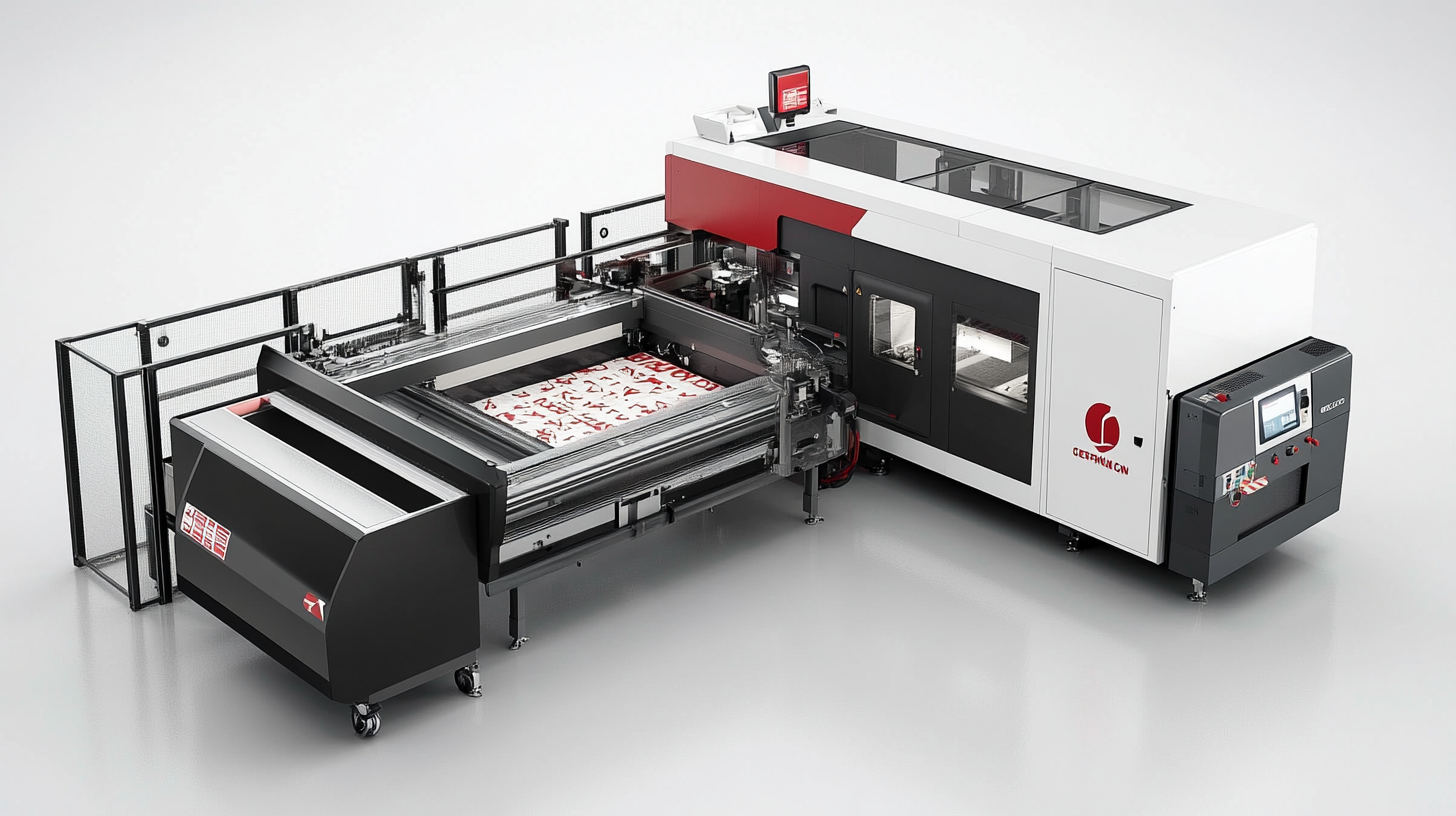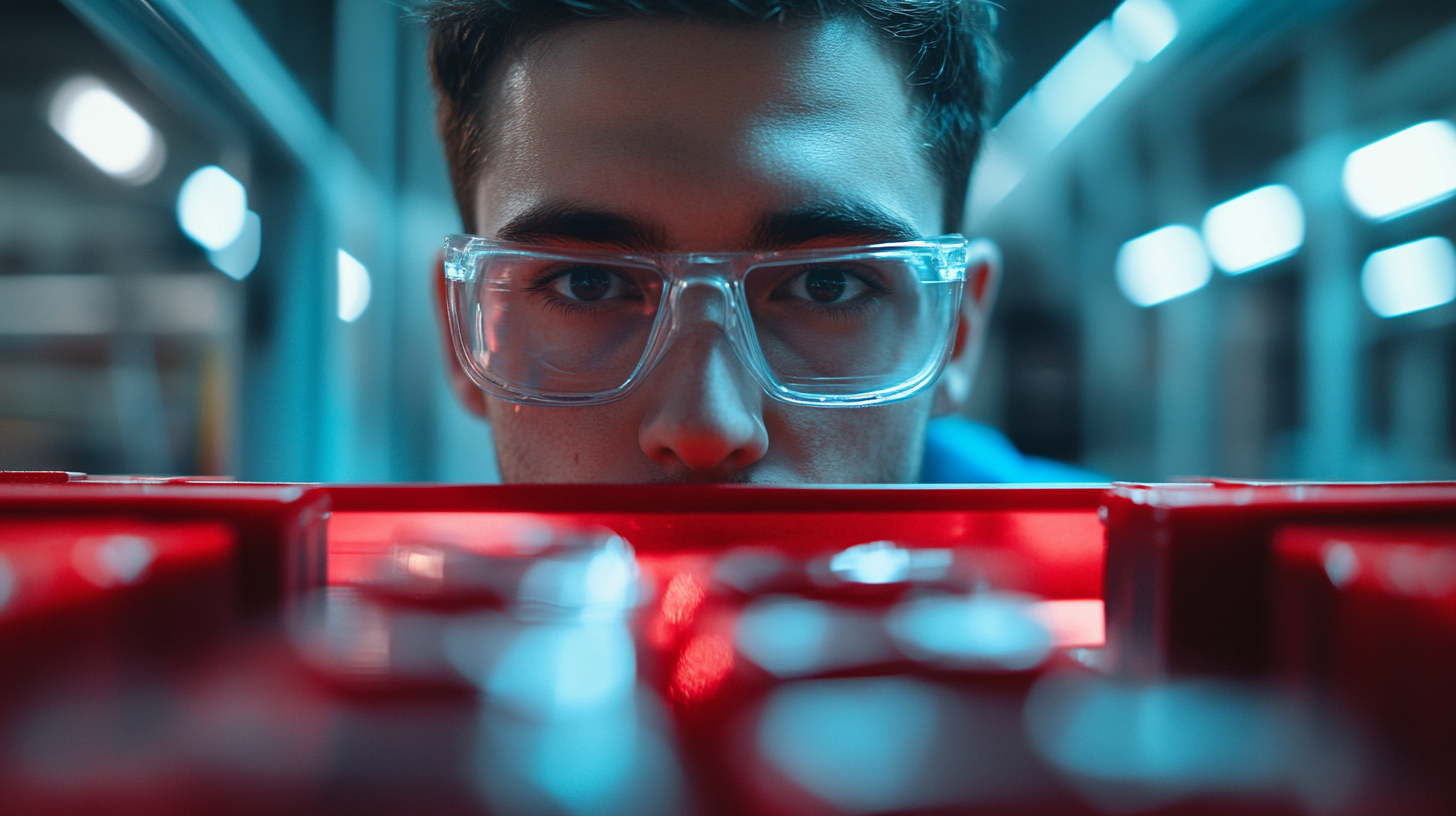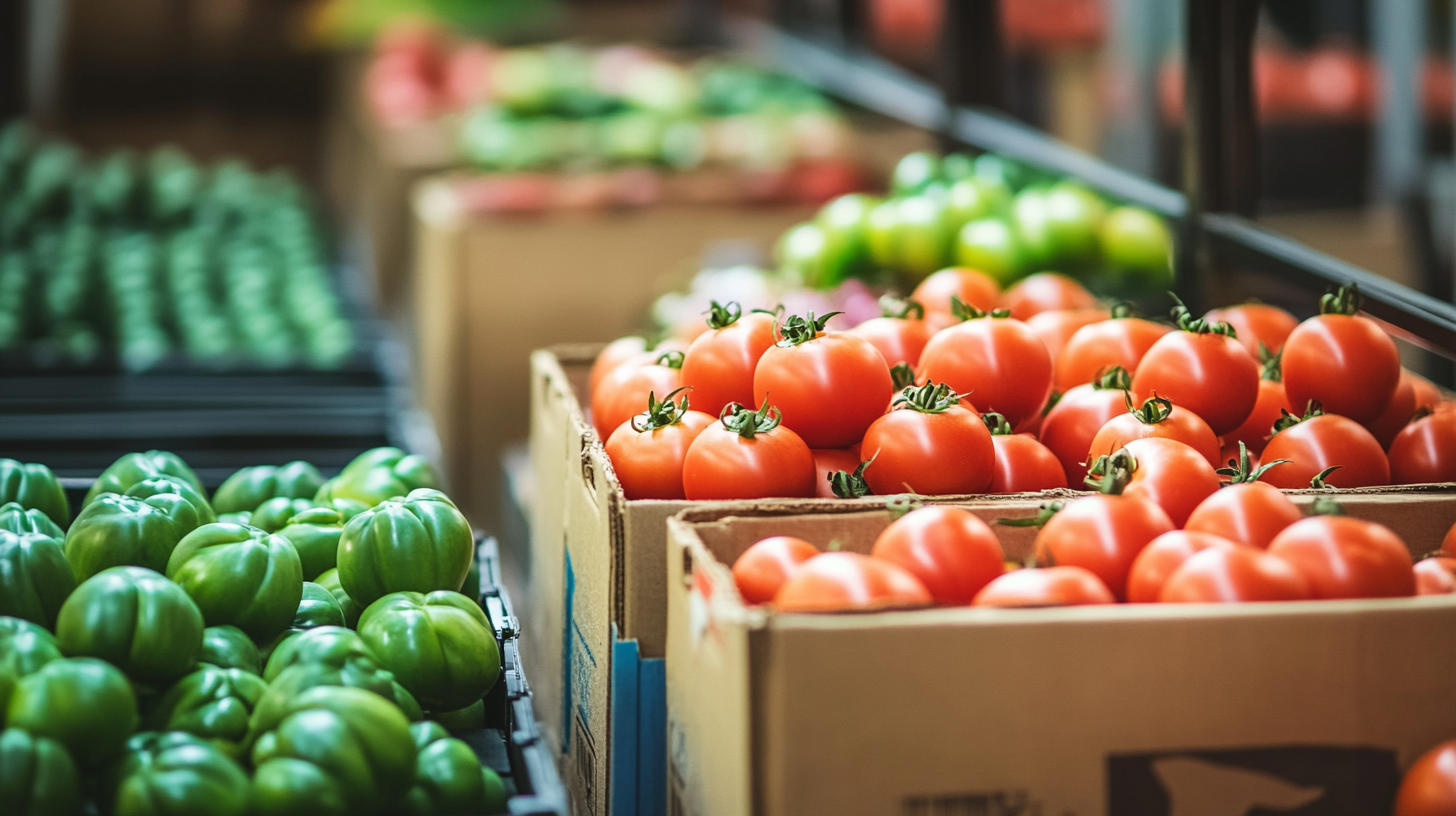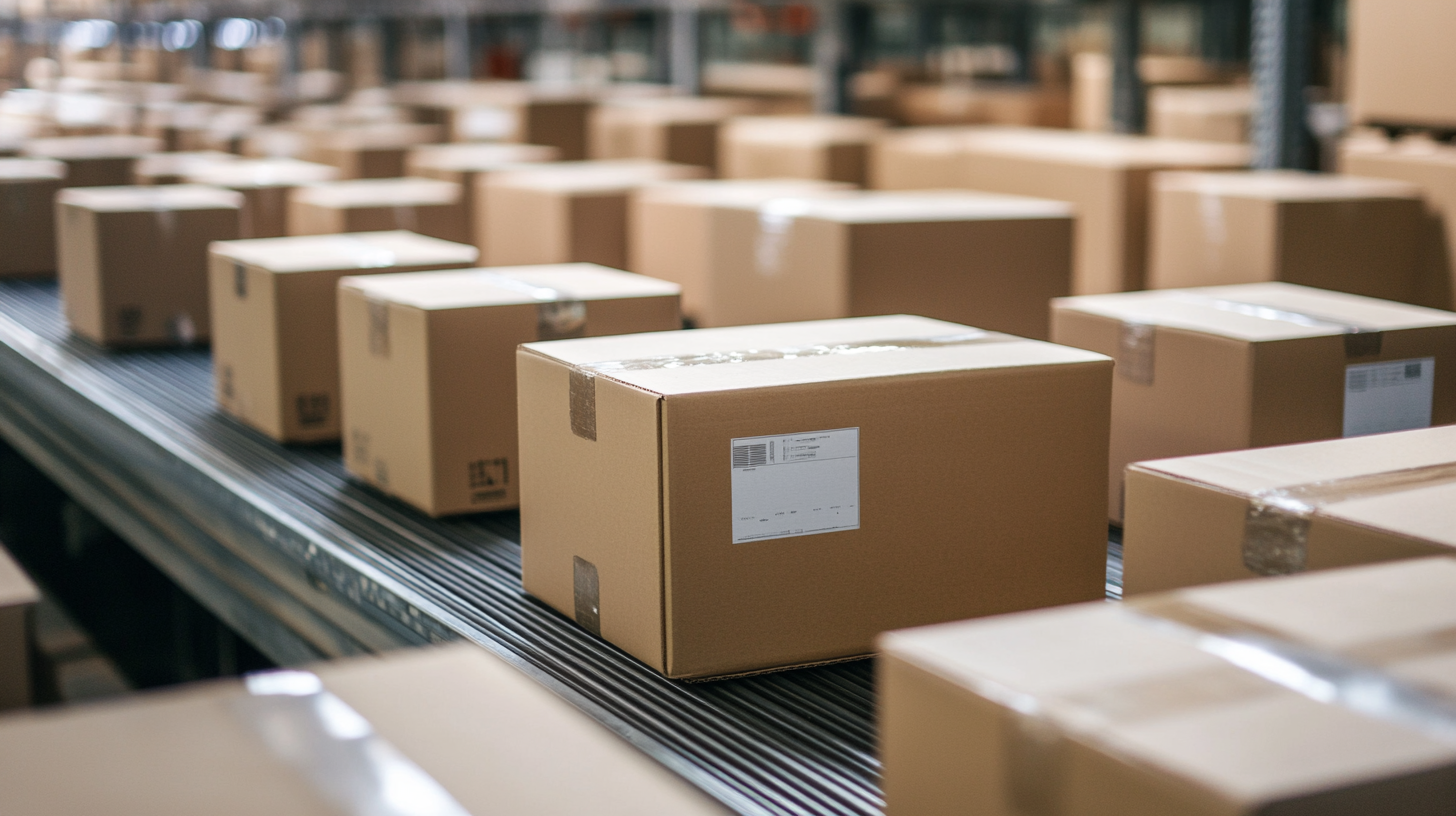Innovations in Case Packer Machines: What Global Buyers Should Know for 2025
As we approach 2025, the packaging industry is witnessing significant advancements, particularly in the realm of Case Packer Machines, which are essential in improving efficiency and productivity in packaging operations. According to a recent market research report by MarketsandMarkets, the global case packing market is expected to grow at a CAGR of 5.6% from 2021 to 2026, driven by the increasing demand for automated packaging solutions in various sectors such as food and beverage, pharmaceuticals, and consumer goods. This surge in automation is not only aimed at reducing labor costs but also at enhancing packaging accuracy and speed, which are critical in meeting the ever-evolving consumer demands.
In light of these trends, global buyers must stay informed about the innovations in Case Packer Machines that can significantly impact their operations. Automated and semi-automated systems are leading the way, incorporating advanced technologies such as robotics and artificial intelligence to ensure seamless integration into existing production lines. Furthermore, a study by Research and Markets indicates that the adoption of eco-friendly packaging solutions is gaining momentum, influencing design and functionality in case packing machinery. As we look forward to 2025, understanding these innovations will be paramount for global buyers seeking to optimize their packaging processes and remain competitive in a rapidly evolving market.

Emerging Technologies Driving Case Packer Machine Development in 2025
The case packer machine industry is undergoing significant transformation as we approach 2025, driven by an array of emerging technologies that promise to enhance efficiency and flexibility in packaging processes. One of the most notable trends is the integration of artificial intelligence (AI) and machine learning (ML) into case packer systems. These technologies enable machines to adapt to varying product sizes and types, optimize packing patterns in real-time, and significantly reduce waste by accurately predicting packaging needs. Another key innovation is the development of collaborative robotics or cobots, which are designed to work alongside human operators. Cobots enhance operational efficiency by taking over repetitive tasks while allowing workers to focus on more complex functions. This synergy not only boosts productivity but also elevates workplace safety. As industries increasingly move towards automation, cobots will play a crucial role in streamlining workflows and reducing the physical strain on human labor. Moreover, advancements in sensor technology and the Internet of Things (IoT) are enabling smarter case packing solutions. With IoT connectivity, machines can communicate their status and maintenance needs in real-time, allowing for proactive servicing and minimizing downtime. This connectivity also enables data analytics to inform operational decisions, resulting in better resource management and cost savings. As global buyers prepare for 2025, recognizing these emerging technologies will be vital for staying competitive in the fast-evolving packaging landscape.

Sustainability Trends Impacting Case Packer Design and Operation
The landscape of case packer machines is shifting significantly as sustainability trends become a paramount concern for manufacturers and global buyers alike. In 2025, designs focused on energy efficiency and minimal environmental impact will be essential, driven by both regulatory pressures and consumer demand for greener products. Machine manufacturers are innovating by incorporating materials that reduce waste, enhance recycling efforts, and improve energy consumption during packaging processes.
One notable trend is the integration of smart technology into case packing operations. These innovations not only optimize production efficiency but also monitor energy usage, offering manufacturers valuable insights into their operational footprint. By leveraging IoT capabilities, operators can adjust settings in real-time to ensure that energy consumption is minimized while maintaining high output levels. This dual focus on performance and sustainability marks a new era in packaging machinery.
Additionally, there is a growing emphasis on modular designs that allow for easy upgrades and repairs. Such flexibility not only extends the lifespan of the equipment but also encourages manufacturers to opt for sustainable practices in every aspect of their operations. By investing in case packers that embrace sustainability, global buyers can align themselves with modern industrial standards and respond positively to a market increasingly defined by ecological considerations.

Key Features Global Buyers Should Look for in Modern Case Packers
In the rapidly evolving landscape of packaging technology, modern case packer machines are becoming indispensable for businesses aiming to enhance efficiency and productivity. As global buyers prepare for 2025, there are several key features they should consider when evaluating case packing solutions. The integration of smart technology stands out as a crucial aspect. Machines equipped with IoT capabilities enable real-time monitoring and data analytics, allowing businesses to optimize their operations and reduce downtime.
Another important feature is flexibility in handling a variety of packaging sizes and formats. Buyers should seek case packers that offer adjustable settings and minimal changeover time. This flexibility ensures that companies can adapt to changing market demands without investing in multiple machines. Additionally, the use of advanced robotics in case packing not only boosts speed but also enhances the accuracy of packaging, thereby minimizing product damage and waste.
Moreover, energy efficiency and sustainability are becoming paramount considerations for modern case packers. Machines that consume less energy and utilize eco-friendly materials can significantly reduce operational costs while supporting corporate social responsibility goals. As businesses face increasing pressure to adopt greener practices, investing in sustainable packaging technology will be a critical factor in the decision-making process for global buyers in 2025.

Challenges and Solutions in Adopting New Case Packer Technologies
The rapid evolution of case packer machines presents both exciting opportunities and formidable challenges for global buyers preparing for 2025. As the demand for higher efficiency and automation in packaging increases, adopting new technologies in case packing systems has become crucial. However, a recent report from Research and Markets indicates that approximately 60% of manufacturers face significant integration hurdles when introducing advanced packing machinery into their existing workflows.
One primary challenge lies in the compatibility of new technologies with legacy systems. Many organizations struggle to retrofit their older equipment to work seamlessly with innovative solutions like robotic case packers and smart automation. This integration challenge can lead to disruptions in production and increased operational costs. A survey by McKinsey revealed that companies that fail to adapt to technological advancements could see a productivity drop of up to 20%, highlighting the necessity for a strategic approach in upgrading packaging technology.
Moreover, the workforce's skill gap presents another challenge. The transition toward automated case packing requires employees to possess new skill sets, particularly in data analytics and machine management. According to a study by the World Economic Forum, nearly 50% of workers may require significant re-skilling in the next five years to keep pace with automation trends in manufacturing. Investing in training programs and workforce development can mitigate this issue, enabling teams to maximize the benefits of new case packer technologies.
To address these challenges, global buyers should prioritize vendor support and enhanced training initiatives. Collaborating with technology providers who offer comprehensive support services can streamline the integration process and reduce potential downtime. Additionally, fostering a culture of continuous learning within their organizations can empower workers and facilitate smoother transitions to advanced case packing technologies. Companies that proactively tackle these challenges will position themselves for success in the competitive landscape of packaging in 2025.
Market Trends Influencing the Future of Case Packer Machines Worldwide
The case packer machine market is experiencing significant innovations that are shaping its future. As we look towards 2025, a few key market trends are particularly influential. One of the most prominent trends is the increasing demand for automation. Manufacturers are seeking to enhance efficiency and reduce labor costs, prompting a shift towards fully automated case packing solutions. This transition not only speeds up production lines but also minimizes human error, ensuring consistent quality and output.
Another critical trend is the growing emphasis on sustainability. With consumers increasingly concerned about environmental impacts, companies are focusing on eco-friendly packaging solutions. Case packer machines are evolving to accommodate recyclable materials and minimize waste, aligning with global sustainability goals. Furthermore, advancements in technology enable the use of lighter yet more robust packaging, which reduces material consumption without compromising product safety.
Adaptability is also becoming a vital attribute of case packers. As market demands fluctuate, manufacturers require equipment that can handle varying product sizes and packaging styles. Innovations in modular design are addressing this need, allowing for quick adjustments and upgrades. By investing in these versatile machines, businesses can remain competitive and responsive in a dynamic market landscape. These trends underscore the importance of staying informed and adaptable to harness the opportunities presented by the rapidly evolving case packer market.
